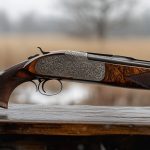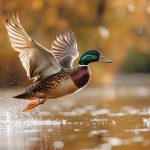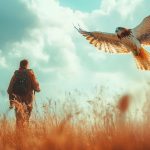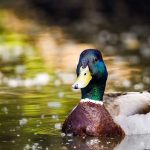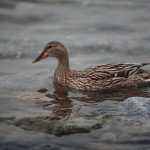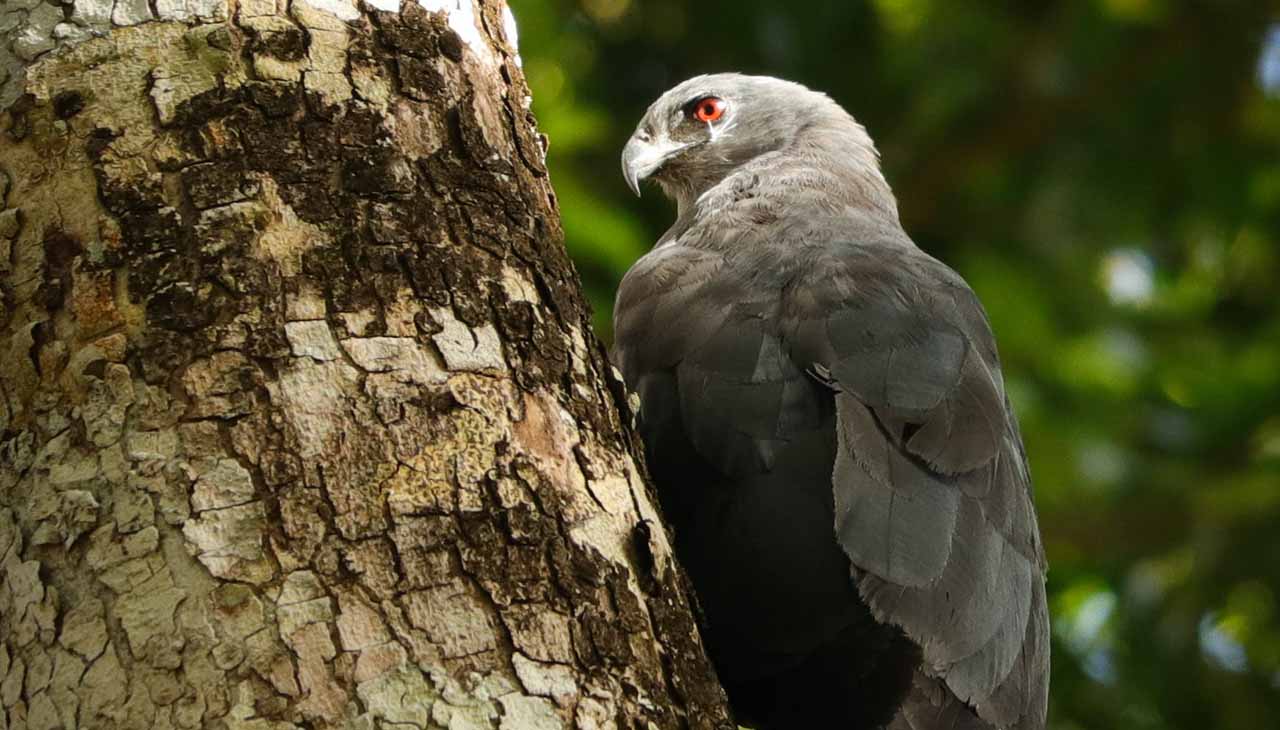Upland bird hunting is more than a sport, it’s an art that requires passion, patience, and a deep understanding of the avian quarry. This guide aims to equip newcomers and seasoned hunters with the valuable knowledge imparted by experienced guides. It will delve into the subtleties of the sport, from understanding the habitats and behaviors of various upland bird species to mastering the skills required for a successful hunt.
Choosing the Right Gear
Choosing the right gear is paramount to your success in upland bird hunting. First and foremost, a reliable shotgun is essential. Whether you prefer a semi-automatic, an over-under, or a side-by-side is a matter of personal preference, but ensure it’s properly sized and comfortable to hold and shoot. Next, invest in a good pair of hunting boots. Upland bird hunting involves a lot of walking over diverse terrains, so your boots should be durable, waterproof, and comfortable. Clothing should be weather-resistant and layered to adapt to changing conditions. Lastly, don’t forget your hunting vest. It should have ample pocket space for shells and birds, and bright colors for visibility. As you gain more experience, you may find other gear that suits your hunting style, but these basics will set you up for a promising start.
Understanding Upland Bird Behavior
Understanding the behavior of upland birds is crucial to becoming a successful hunter. Different species have unique characteristics and habits that can give you clues about where to find them and how to approach them.
Pheasants, for example, are known for their elusive nature. They are most active during the early morning and late afternoon, often found in grassy fields and meadows where they feed and hide. In contrast, grouse prefer wooded areas and are known to stay close to their food sources, making them somewhat easier to locate.
Quail tend to form coveys or groups, especially in colder months. Listening to their distinctive call can often lead you directly to them. On the other hand, woodchucks are solitary birds that prefer a wet, dense brush.
Observing and understanding these behaviors will not only help you locate the birds but also predict their movements, leading to a more successful hunt. Remember, patience and keen observation are as important as your shooting skills in this sport.
Techniques for Effective Upland Bird Hunting
Mastering certain techniques can significantly enhance your upland bird hunting experience. One effective technique is learning how to walk up on birds. This involves walking in a zigzag pattern across the field, which can help flush birds out of their cover. When a bird takes flight, remember to stay calm and aim slightly ahead of the bird before firing. This is referred to as leading the bird.
Another important technique is knowing how to use a bird dog effectively. A well-trained bird dog can locate, flush, and retrieve birds, making your hunt more successful. It’s essential to develop a strong bond and a good communication system with your dog to maximize its hunting potential.
Lastly, practicing your shooting skills regularly cannot be overstated. Upland bird hunting requires quick reflexes and accurate shooting. Going to a shooting range or practicing with clay pigeons can help hone these skills. Remember, a well-placed shot is always more effective than a hasty one. Always prioritize safety and ethical hunting practices.
By mastering these techniques and combining them with a clear understanding of bird behavior and the right gear, you can excel in the art of upland bird hunting.
Training and Handling Hunting Dogs
Training and handling hunting dogs is a vital aspect of upland bird hunting. A successful bird dog is an outcome of careful training, patience, and a strong bond between the dog and the hunter. When choosing a hunting dog, consider breeds that are known for their hunting instincts and trainability, such as Labrador Retrievers, Pointers, and Spaniels.
Start training your dogs when they are still puppies. Early training includes basic obedience commands like sit, stay, come, and heel. Gradually, introduce them to the scents of various birds and train them to retrieve.
Once your dog masters basic obedience, you can start field training. This includes teaching them how to flush out birds, and point, and retrieve shot birds. Make sure to train your dog to work within shooting range and to listen to your commands even when they’re excited or distracted.
Training a bird dog is a long and sometimes challenging process but remember, consistency and patience are key. Praise and reward your dog often for successful behavior to reinforce learning. By investing the time and effort into training your dog, you will have a loyal and effective hunting companion that will significantly enhance your upland bird hunting experience.
Safety Considerations
Safety should be your top priority when upland bird hunting. Here are some considerations to keep in mind:
- Gun Safety: Always handle your firearm as if it’s loaded. Never point it at anything you don’t intend to shoot and always keep your finger off the trigger until you’re ready to fire. Unload your firearm when climbing, crossing obstacles, or transporting it.
- Hunter Orange: Wearing high-visibility clothing, often called “hunter orange,” can help you stay visible to other hunters. This is especially important in areas where multiple hunters might be present.
- First Aid Kit: Always carry a first aid kit with you in case of emergencies. It should include basic supplies such as bandages, antiseptic wipes, tweezers, and a snake bite kit.
- Know the Terrain: Familiarize yourself with the hunting area before you begin. Knowing the terrain can help you avoid accidents and injuries.
- Weather Conditions: Check the weather forecast before your hunting trip. Adverse weather conditions can create safety concerns, especially in rugged terrain.
- Staying Hydrated and Nourished: Hunting can be physically demanding. Remember to bring enough water and food to stay hydrated and maintain your energy levels.
- Training Hunting Dogs: Ensure your dog is well-trained to avoid unnecessary risks. An uncontrolled dog can lead to dangerous situations.
By keeping these safety considerations in mind, hunters can ensure a safe and successful upland bird hunting experience.
Ethical Hunting Practices
Adhering to ethical hunting practices is crucial to preserve the sport and the ecosystem. Respecting the wildlife, their habitat, and other hunters should be the cornerstone of every hunting trip.
- Fair Chase: This principle emphasizes giving animals a chance to escape, which means avoiding practices that give hunters an unfair advantage, such as using bait or hunting from vehicles.
- Kill Only for Use: As a hunter, you should only kill birds that you intend to use. This might include using the meat for food, the feathers for fly tying, or simply for the management of animal populations.
- Respect Hunting Laws and Regulations: Always ensure that you’re familiar with and adhere to local hunting laws and regulations. This includes hunting only during designated seasons, sticking to bag limits, and hunting in permitted areas.
- Respect Private Property: Always seek permission from landowners before hunting on private property. Leave the land as you find it by not littering and causing minimal disturbance.
- Avoid Wounding Animals: Aim to make swift and humane kills to avoid unnecessary suffering. This includes only taking shots at an appropriate range and when the target is visible.
- Honor All Life: Treat the birds you hunt with respect. Remember, they are a part of our environment and deserve our appreciation.
By adhering to these ethical hunting practices, we can ensure the sustainability of our hunting traditions and the preservation of the wildlife that we appreciate so much.
Conservation Efforts and Opportunities
Upland bird hunters can contribute significantly towards conservation efforts. Many organizations provide opportunities for hunters to get involved in habitat management, bird population monitoring, and education initiatives. Moreover, hunting licenses and fees often contribute directly to conservation programs.
Organizations such as Pheasants Forever, Quail Forever, and the Ruffed Grouse Society are actively involved in upland bird habitat conservation. They work towards protecting and improving habitats, encouraging sustainable hunting practices, and educating the public about the significance of conservation.
Additionally, hunters can participate in citizen science projects, tracking bird populations and contributing to long-term ecological studies. For instance, the Christmas Bird Count and the Breeding Bird Survey are two such opportunities where hunters can contribute their observations.
Furthermore, volunteering for local habitat restoration projects or participating in fundraising events can support conservation initiatives. Each action, no matter how small, can make a significant difference in the preservation of upland bird species and their habitats. Embracing the ethos of conservation ensures that future generations can also enjoy and appreciate the joy of upland bird hunting.
